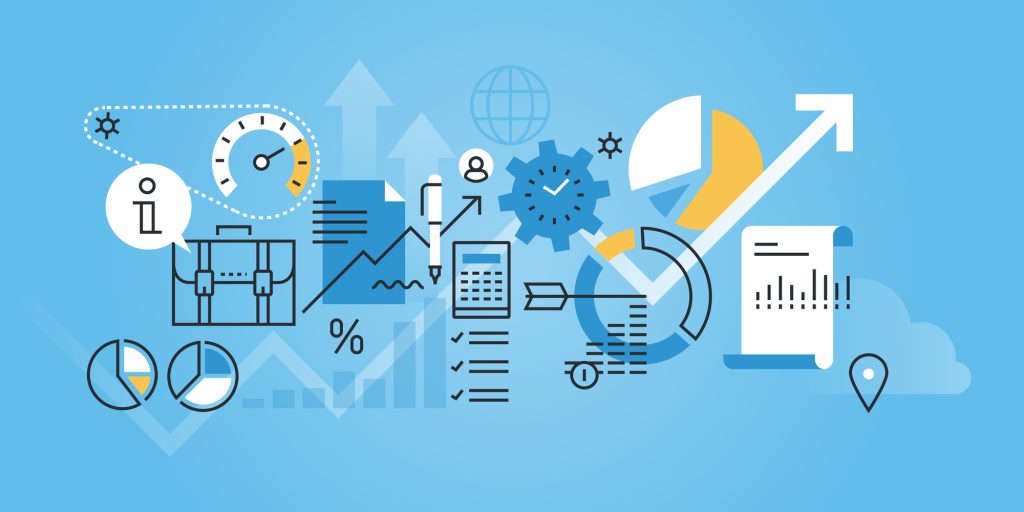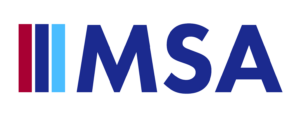
If you want to learn how to code to open doors or just for the fun of it, some online exploration might have you unsure of what to do first. As soon as you start looking into the various programming languages used in IT today, you might recognize an important initial barrier: The vast number of programming languages can make it really unclear where to start learning. Here are some of the easiest programming languages to begin with so that you can build a good foundation for your own personal interests or to preparing for a career shift into Information Technology.
Python
Used for both website and software development, Python is a versatile programming language that’s relatively easy to learn, ranking as the fourth most popular language for developers. This programming language has been around for over 30 years, so it has stood the test of time because of its versatility and the fact that it is pretty fun to use once you get going with it. Unlike some other languages, it’s actually growing in use rather than declining. Why? Well, it’s a powerful, fast language to learn, in part because it’s very readable and tidy.
It’s a great place to start in your coding language development because it is helpful in a practical sense. In fact, because you can use it for data analysis and task automation, you can apply it right away for the practical purpose of organizing your finances. Because it’s one of the most widely used languages, it’s a great place to start if you’re interested in learning other coding languages.
Java
Like Python, Java is a great general purpose language to learn, making it a smart choice to start with. Also like Python, it’s been around since 1995 and shows no signs of going anywhere. Because it’s one of the easier languages to learn while still being really practical, it’s an important foundation language for anyone interested in learning programming languages.
Java’s language is very similar to human language, so for a beginner wanting to learn the basics, it’s a nice way to start out. Kids are even learning Java pretty early on, and there are an abundance of Java camps for younger people. It’s definitely a learner friendly programming language! Using an intuitive language to start will help you gain a strong foundation for further developing your skills.
JavaScript
JavaScript is probably the easiest language to learn, and it’s crazy practical, too. If you’re on a website that does more than just display text and static images, then most likely some JavaScript is involved in that page. It’s a pretty good bet that if you’re on a site with any type of interactive content or animation, the developers have used JavaScript for that display.
The nice thing about JavaScript is that you can write small chunks of the code and then check it to make sure you’re on the right track before you move on. That sounds like a simple objective, but when you’re in the weeds with a development project, it’s a pretty great thing to be able to do. JavaScript is a practical way to expand your knowledge once you’ve got a grasp of some other languages like HTML.
HTML
HTML is a good language to start with, too, because – like some of the others we’ve mentioned – it’s relatively straightforward. When you’re writing HyperText Markup Language (HTML), you’re wrapping your content in tags to organize them into a readable format. As a markup language, HTML is used to display information along with information about how that information will be displayed. It’s how the web browser knows what to show and how to show it on a webpage.
Learning HTML can be a little bit complicated to learn at first because it doesn’t display as readably as some other languages, but it’s incredibly practical and useful because once you can read HTML and use it, you can move forward with languages like JavaScript with confidence. And like anything else that’s new, even if it takes an investment of time and effort, it ends up paying off in time as you move on to other languages. The fact that it is the official language of the internet doesn’t hurt it either. In fact, nearly 95% of all websites are built on it, so it’s an important foundational language to have under your belt.
Ruby
Ruby is one of the easiest languages to learn, again, because it’s so similar to the English language. Ruby is a very natural language to learn how to read and write. Because it is an object-oriented programming language, you build bits of code or “objects” that you can then reuse in other parts of the program or on other projects. This object-oriented programming means that you can reuse coding language and speed up your process as you learn and develop more. It’s used primarily to build websites and in web servers, for data processing, and to build desktop applications.
When it comes to learning a programming language, both Python and Ruby are very easy to grasp, so it’s important to mention that even though Ruby is often considered even easier than Python, Python is used far more. That means that even though you might want to start with Ruby since it’s considered the easiest programming language, the tiny bit of extra effort Python might take is probably outweighed with its practicality. But don’t get us wrong! Ruby has been around since 1993, and it is used by Amazon, Hulu, and Groupon. It’s no slack when it comes to where it’s used, and it is a growing language. If you’re familiar with Java, then Ruby is a bit easier to learn, too.
Washington Technical Institute
Washington Technical Institute’s fully online IT certificates can be completed in a matter of months, with daily or bi-weekly start dates. Such flexible start dates make these programs unique and much more accessible for our students. Most of our certificates can be earned as a self-paced program, meaning that you can work at your own pace to complete your work, even finishing early if you have the time and motivation to do so.
Our Programming Language certificate will give you a good foundation with Python, HTML, Java, JavaScript, and C++, so it’s a great place to start if you want to learn in a supportive environment where you can lean on an instructor to answer your questions and clarify any questions you have.
If you’re looking for a Web Development learning opportunity, the focus of that certificate program is web design with exposure to JavaScript, HTML, and C++ coding languages. With an instructor available to answer your questions and guide you, it’s a great place to learn without the frustration that you might experience trying to figure it out all on your own.
An additional benefit of WTI’s programs is that we offer affordable pricing and monthly payments to help our students leave school without debt. Although our goal is to help our students graduate their programs with little to no debt, we also recognize that some students might need to utilize a loan for their educational investment. We are excited to announce our partnerships with Climb Credit or Ascent, student lending companies focused on financing career-building programs.
If you’re ready to enroll and start working on a plan for the personal and professional benefit of professional development, you can register for your program online through our website. Still have questions about our programs? Feel free to call us at 800-371-5581 or text us at 952-465-3702. Our admissions specialists will be happy answer whatever questions you have.


